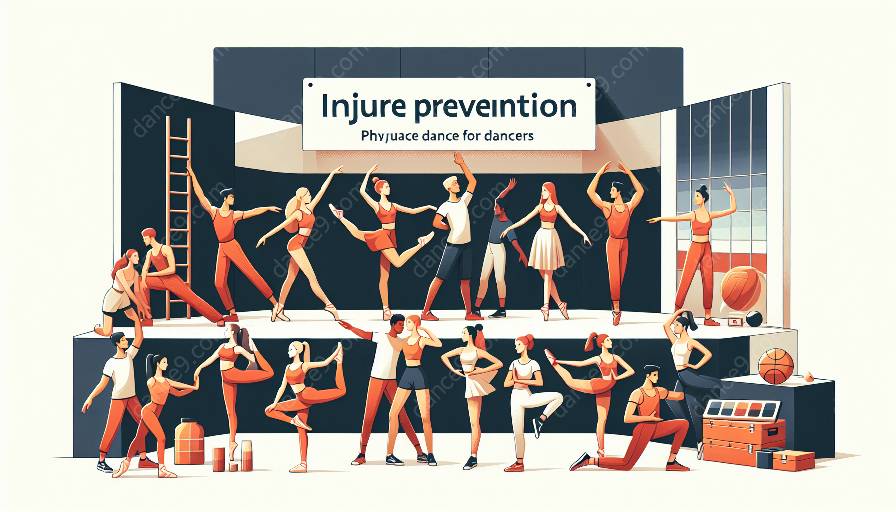Dancers, as athletes, face various physical and mental challenges that contribute to injury risk. Understanding the types of assessments available to identify and prevent potential issues is crucial for promoting the well-being of dancers. In this comprehensive guide, we will explore the range of assessments that dancers can undergo to proactively manage their injury risk and promote physical and mental health in dance.
Understanding Injury Risk in Dancers
Dance places unique demands on the body, requiring strength, flexibility, balance, and endurance. The repetitive nature of dance movements, combined with rigorous training and performance schedules, can contribute to overuse injuries, sprains, strains, and other musculoskeletal issues. Furthermore, dancers may also face psychological stress, performance anxiety, and body image concerns, emphasizing the importance of addressing both physical and mental health in the dance community.
Types of Assessments for Dancers
Medical History and Physical Examination: Before dancers undergo specific assessments, it is essential to obtain a thorough medical history and conduct a comprehensive physical examination. This helps in identifying any pre-existing conditions, previous injuries, or anatomical factors that may contribute to injury risk.
Movement Analysis: Utilizing advanced motion capture technology and biomechanical analysis, dance professionals can assess dancers' movement patterns, technique, and alignment. This provides valuable insights into areas of potential injury risk and guides personalized training and rehabilitation programs.
Functional Movement Screening (FMS): FMS involves a series of movement tests that evaluate fundamental movement patterns, stability, and mobility. By identifying asymmetries and limitations in movement, FMS helps in addressing imbalances and mitigating injury risk.
Muscle Strength and Flexibility Assessments: Assessing the strength and flexibility of specific muscle groups used in dance is crucial for injury prevention. Isokinetic tests, goniometry, and flexibility assessments help in identifying areas of weakness or tightness that can lead to injury.
Cardiovascular Fitness Testing: Evaluating dancers' cardiovascular endurance and aerobic capacity is essential for understanding their physical readiness for demanding performances and training. It also allows for tailoring conditioning programs to improve cardiovascular health and endurance.
Nutritional Assessment: Considering the significant energy expenditure and aesthetic demands in dance, nutritional assessments help in ensuring that dancers maintain a balanced diet to support their physical and mental health and optimize performance while reducing injury risk.
Preventive Measures and Holistic Support
Once potential injury risks are identified through assessments, it is critical to implement preventive measures and holistic support strategies to promote dancers' well-being. This may involve personalized strength and conditioning programs, targeted rehabilitation exercises, dance-specific cross-training, mental health support, and access to comprehensive healthcare resources. Additionally, fostering a supportive dance environment that emphasizes open communication, injury prevention education, and regular monitoring contributes to a culture of proactive well-being.
Conclusion
Assessments play a pivotal role in identifying injury risk and supporting the physical and mental health of dancers. By leveraging a range of assessments, dance professionals can take proactive measures to address potential issues, prevent injuries, and promote the holistic well-being of dancers. It is integral to recognize that injury prevention in dance is a multifaceted endeavor that demands a comprehensive approach encompassing physical assessments, mental health support, and targeted interventions to optimize dancers' performance and longevity in the art form.


































